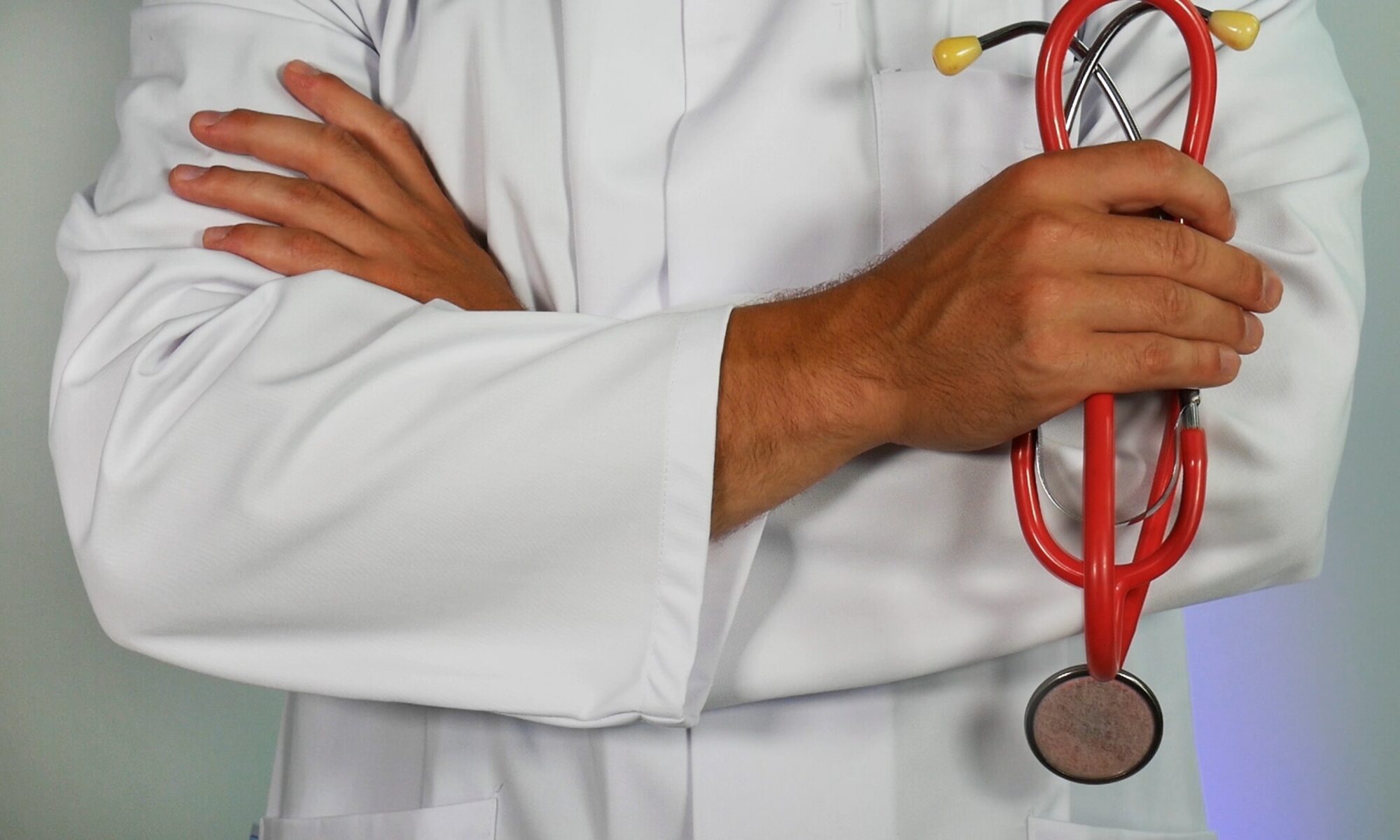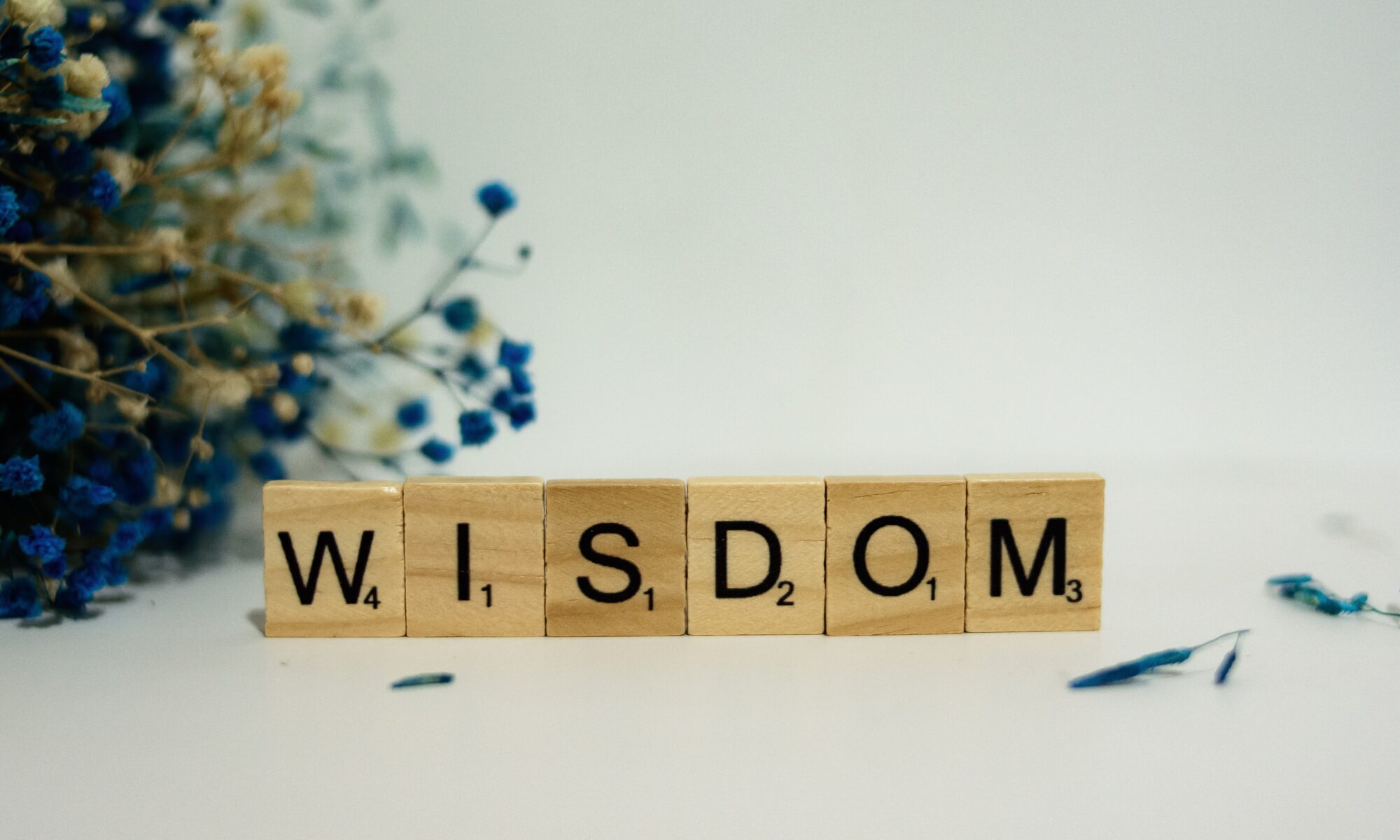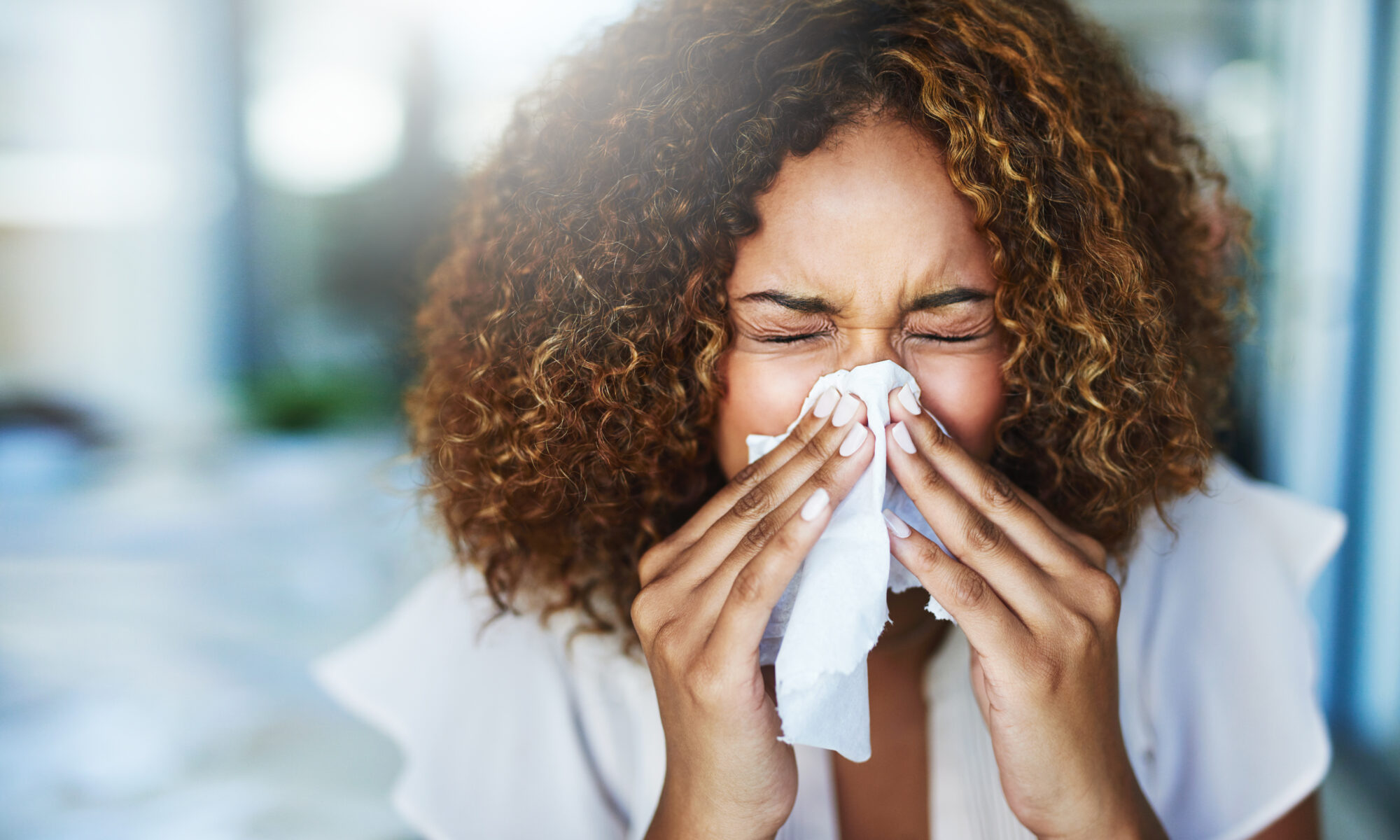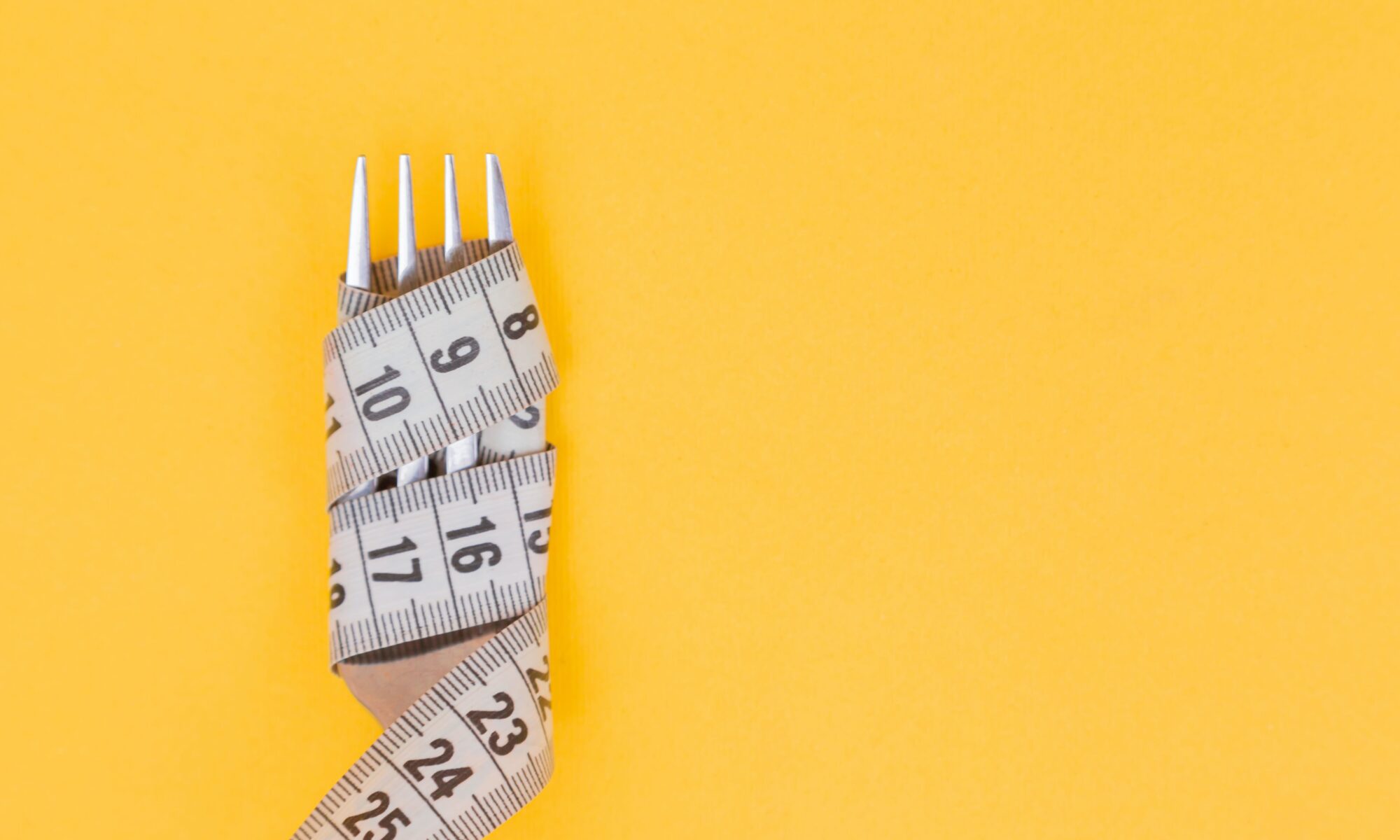Gankyrin and Cancer
A better understanding of Gankyrin, glutamine, and glutamate production is crucial for cancer patients and their doctors.
Cancer develops when cells start growing too fast. This process kicks off when genes responsible for regular cell growth transform into cancer genes, also known as oncogenes. The term “oncogene” is derived from the Greek words for tumor (“onco”) and “gignere,” which means to create, generate, or induce. While normal genes can be turned off, oncogenes cannot.
Continue reading “Driven by Deception: How Cancer Hijacks Our Systems for Survival”





